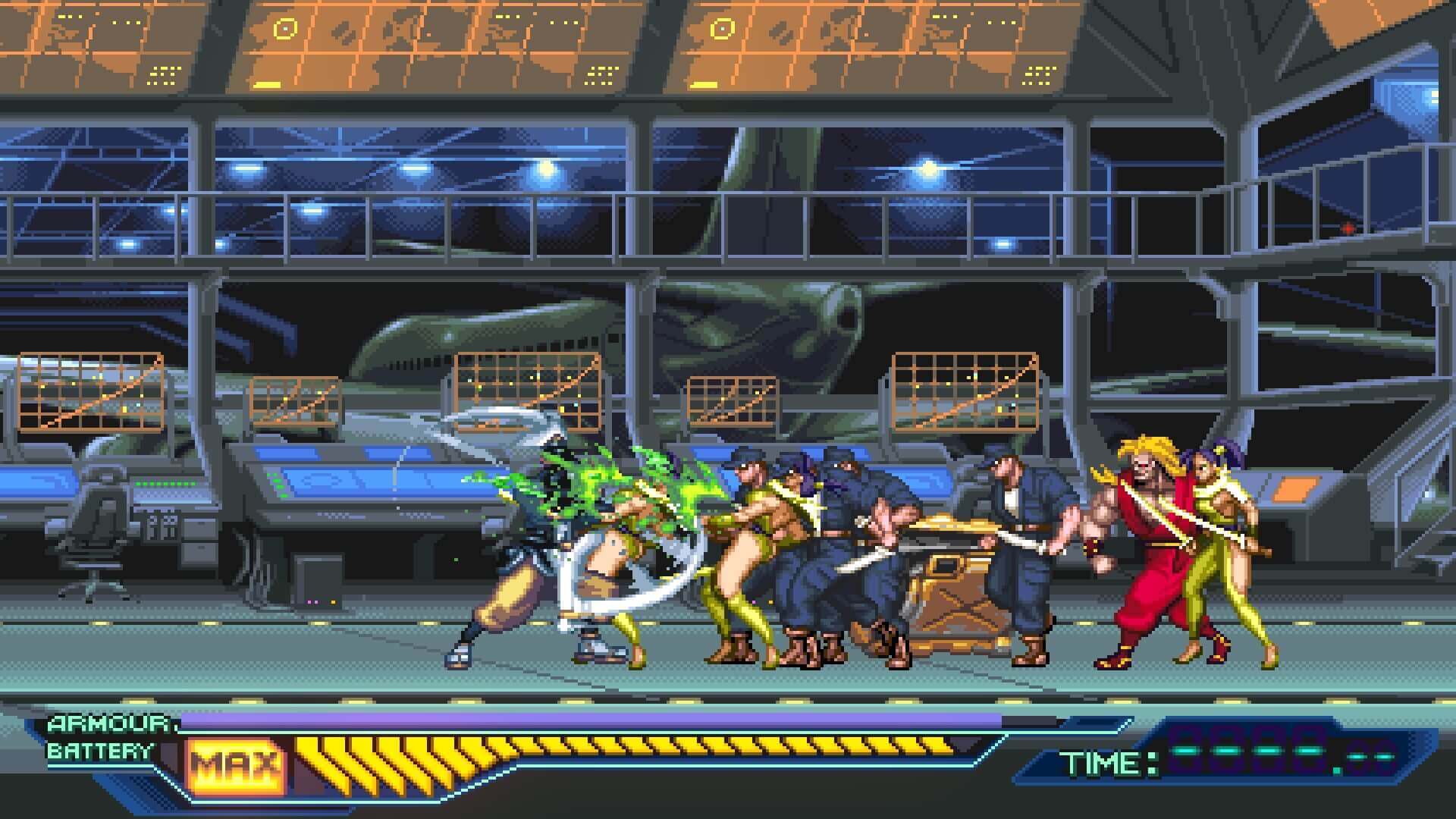

Originally a webcomic about the emulation scene simply titled “ Overclocked,” the idea grew from those unlikely roots into a large community of remixers and gaming music enthusiasts. The year Overclocked Remix-a community dedicated to the remix and release of video game tunes-launched.

These themes and others like them stirred the creative juices of an entire generation and managed to do something no one expected-forge an entirely new type of music. Please accept our sincere apologies if we haven’t mentioned your favorite one here! There are so many more amazing tunes created with th 2A03 chip during the heydey of the NES, but we don’t have enough time or space to cover them all.
#Nes chip tune tempo series
Capcom’s Mega Man series boasts some of the most rocking, memorable themes on the NES and any game from Rare- Battletoads, for instance-has a unique audio quality all its own. Tecmo displayed superb music with the Ninja Gaiden series, while Sunsoft-of Blaster Master, Batman and Fester’s Quest fame-boasted nearly orchestral sound with most of their work. They also pioneered a way to add additional channels with their VRC6 audio mapper. Konami’s Castlevania series had “Vampire Killer” and “Bloody Tears,” both of which made appearances in later games. While it isn’t my favorite sound chip-that honor goes to the C64 SID chip-it’s responsible for the iconic sound of the NES and some of my favorite video game tunes.Īnd, of course, Nintendo wasn’t the only one doing fantastic things with chip. ( The 8-Bit Guy has a great clip explaining the nature of how these chips worked sound chips.) Noise is used for percussion and effects, and the differential pulse-code modulation (DPCM) channel plays low-quality samples. The pulse channels produce square waves-typically the lead and melody-while the triangle wave channel is good for bass and drums. Shorthand for RP2A03, the Ricoh-manufactured sound chip has two pulse channels, one triangle channel, a noise channel and digital sample channel. The NES sound chip (image from Famitracker Wiki) The thing that connects many of these tunes, besides the fact that they repeatedly show up in Nintendo’s history is the chip on which the tunes were originally heard, the 2AO3, a five-channel sound chip the NES uses in NTSC regions. series and across several other games in the main Zelda series. The overworld theme music from the original The Legend of Zelda and the palace music from Zelda II: the Adventure of Link both appear in the Super Smash Bros. These theme snippets, remixes and reprisals aren’t unique to the Super Mario series, either. In later games like the Game Cube’s Super Mario Sunshine, the theme makes an appearance in some of the difficult 3D platform sections and has an easter egg appearance in the Booster’s Tower section of Super Mario RPG on the SNES. 3, it appears when Mario uses an item on the map screen to put the wandering hammer bros to sleep.

2, it’s the subspace music and in Super Mario Bros. frequently appears in many later Mario games. The overworld theme from Super Mario Bros. Some of the most recognizable Nintendo themes were originally found in Super Mario Bros. 3 The NES’ greatest sounds came to life through a primitive, but iconic, chip The author’s original copy of Super Mario Bros. * Editor's note: Just an FYI that our piece the other night may have had some trouble getting to your inbox due to the subject matter, which was about a topic email clients sometimes don't like. It’s time to rock and/or roll! - David Tedium Grab your headphones, pick up your controller and press start, because today’s Tedium transports you into the world of Nintendo music, performed in a variety of styles and genres. That unmistakable, spritely melody framed their childhoods, ignited an interest in composition and spawned an entire new genre of music. As the pack-in title for the original Nintendo Entertainment System, the game was likely the first exposure to video games many of us had outside of arcades and Atari. Today in Tedium: Gamers of a certain age may remember the opening notes of Super Mario Bros as well-or perhaps better than-any other song from their childhoods. Hey all, Ernie here with another piece from David Buck, who's currently in the midst of following his Nintendo muse.


 0 kommentar(er)
0 kommentar(er)
